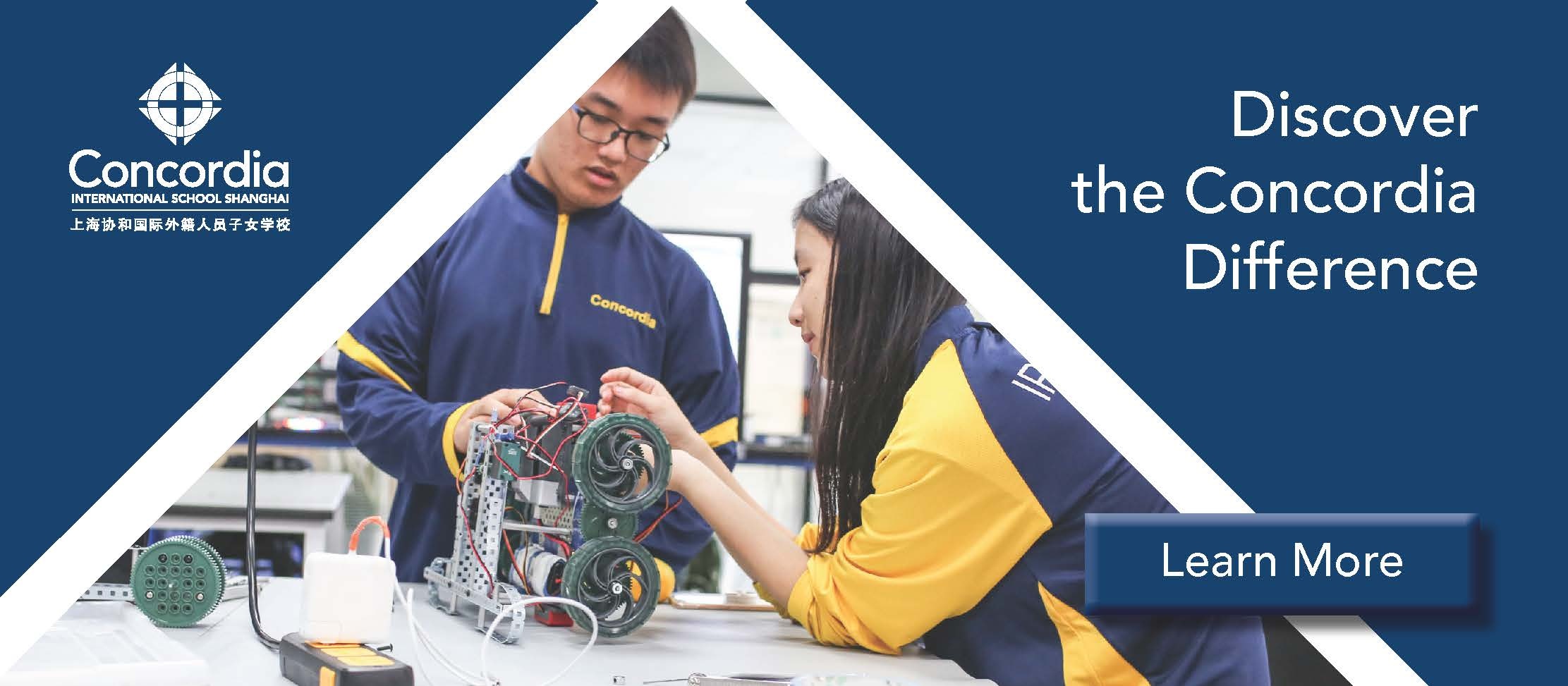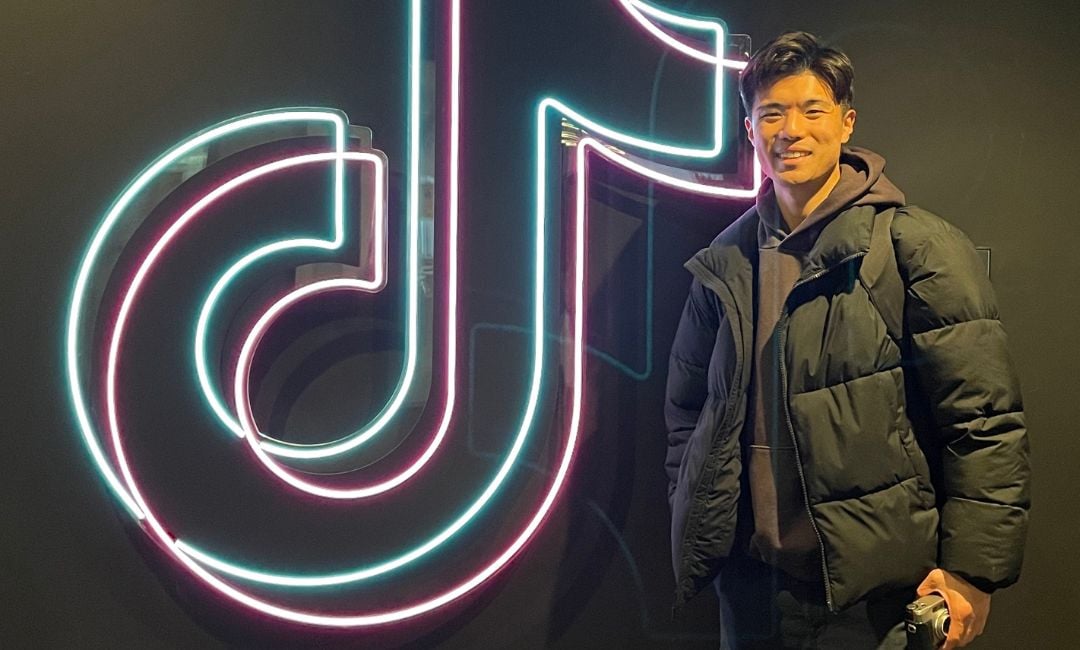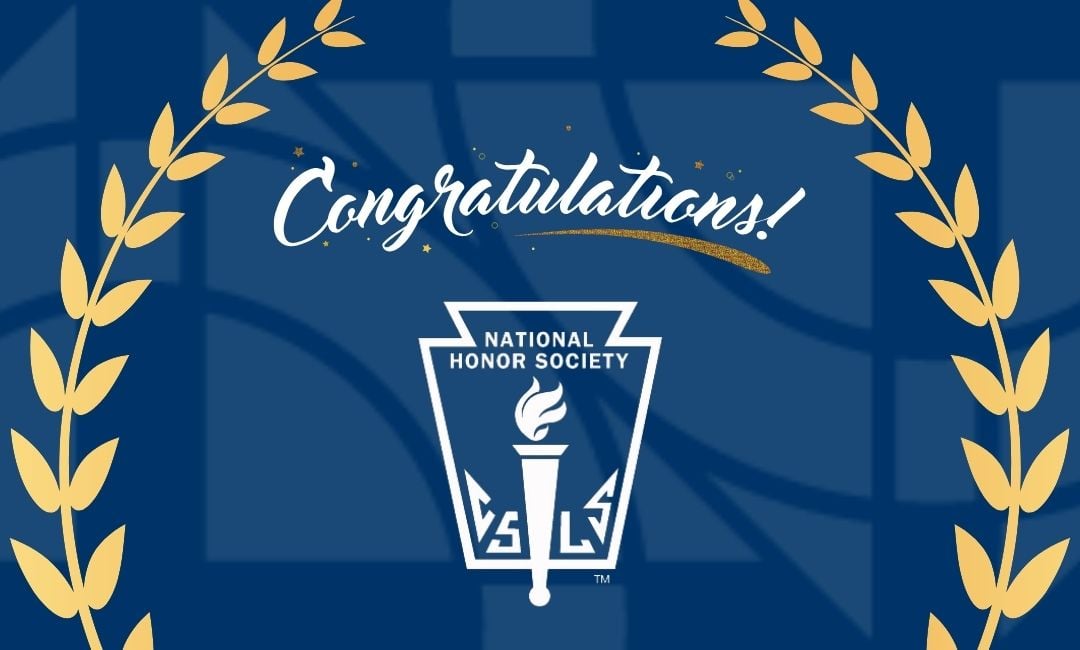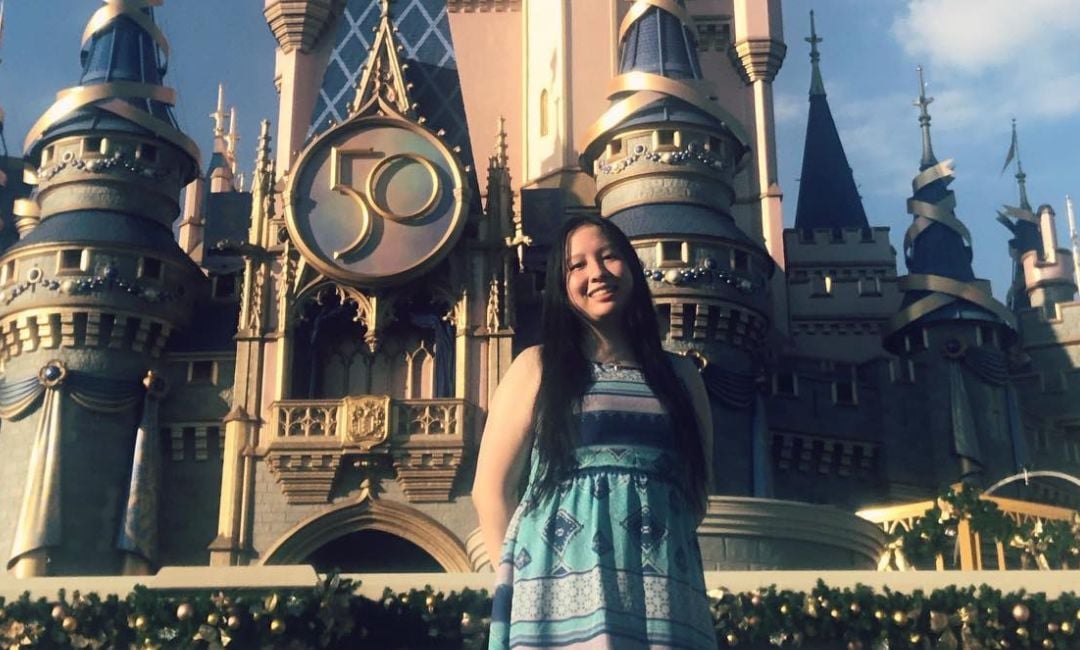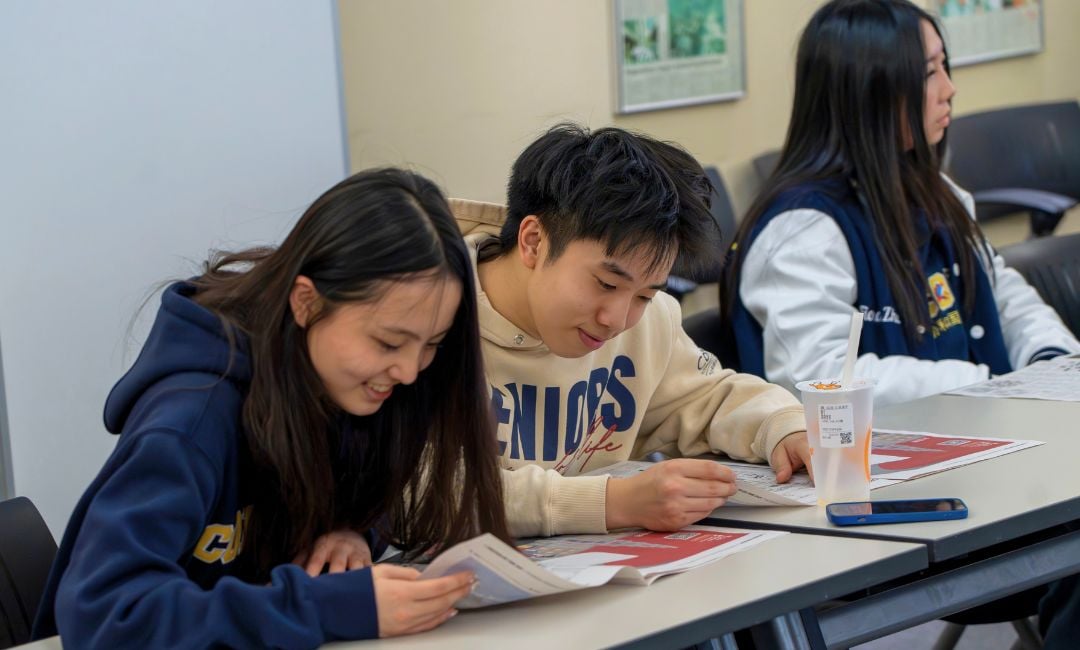Each year we go in search of authentic experiences for our grade seven students in Maker Design, an elective course where STEM concepts and design thinking combine to equip students in their journey of development into skilled, independent, empathetic, and action-oriented change makers.
 In the spirit of this course and in collaboration with Mrs. LeeAnne Lavender, service learning coach at Concordia, a new Design Thinking Module was conceived, and we began to prepare for the launch of this pilot. Our focus was to introduce principles of sustainable design to the students and engage them in a real-world empathy experience.
In the spirit of this course and in collaboration with Mrs. LeeAnne Lavender, service learning coach at Concordia, a new Design Thinking Module was conceived, and we began to prepare for the launch of this pilot. Our focus was to introduce principles of sustainable design to the students and engage them in a real-world empathy experience.
We decided to organize a job shadow experience for our grade sevens. In small groups they would have an opportunity to observe, work alongside, and question employees at Concordia who serve our community each day and without whom our campus would not be able to function properly and safely.
With the help and support of the operations department, our students were paired with a team of guards, Aramark food service personnel, Sodexo cleaning staff as well as the school landscaper. In teams, the students prepared interview questions, ensuring they all had the correct Mandarin wording and phrases before heading out on their assignments.
 Teams of students walked in the footsteps of the guards, witnessing firsthand what it was like to ensure safety in the street outside school, arrange bicycles in the bike barn, sanitize and deliver packages school wide, and monitor the air quality within our facilities.
Teams of students walked in the footsteps of the guards, witnessing firsthand what it was like to ensure safety in the street outside school, arrange bicycles in the bike barn, sanitize and deliver packages school wide, and monitor the air quality within our facilities.
 Others joined our cleaning staff as they sanitized and cleaned the PC Commons lunch areas and classrooms within our elementary school.
Others joined our cleaning staff as they sanitized and cleaned the PC Commons lunch areas and classrooms within our elementary school.
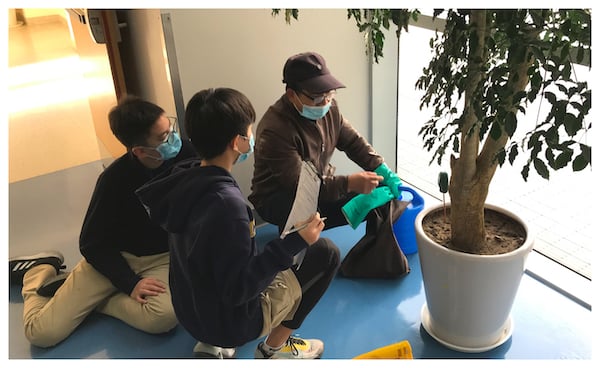 The team that partnered with the landscaper learned about the management of plants within the school building and came away with a new-found admiration for the effort it takes to keep our campus flora alive and thriving.
The team that partnered with the landscaper learned about the management of plants within the school building and came away with a new-found admiration for the effort it takes to keep our campus flora alive and thriving.
Each experience unearthed valuable information that led to insights into the experiences of these employees at our school.
 Upon returning from their shifts, our teams analyzed the experience using an empathy map. These maps are designed to help design teams uncover hidden insights in their end users, which in our case was our school employees. Our students struggled a bit with this process and we came away realizing that more time for this part of the design process would be beneficial in the future. Nevertheless, we gleaned enough to move on to the next phase of the process: sustainable design ideation.
Upon returning from their shifts, our teams analyzed the experience using an empathy map. These maps are designed to help design teams uncover hidden insights in their end users, which in our case was our school employees. Our students struggled a bit with this process and we came away realizing that more time for this part of the design process would be beneficial in the future. Nevertheless, we gleaned enough to move on to the next phase of the process: sustainable design ideation.
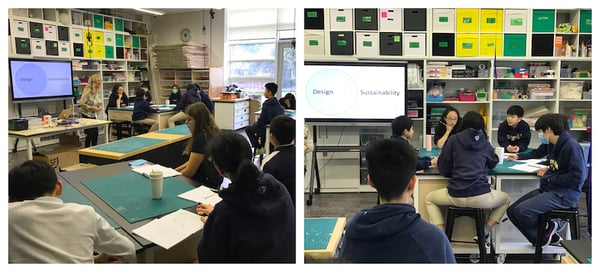 For this we elicited the help of Mrs. Lavender, who came and led our Maker Design class in an inquiry session focusing on design and sustainability. With her expert guidance, we were all able to understand our role in being more responsible designers, taking into account how our actions influence our communities and the planet.
For this we elicited the help of Mrs. Lavender, who came and led our Maker Design class in an inquiry session focusing on design and sustainability. With her expert guidance, we were all able to understand our role in being more responsible designers, taking into account how our actions influence our communities and the planet.
After this session we began ideation. Individuals in each team sketched ideas and then shared and discussed the ideas as a team. Eventually each team decided on one idea to prototype. I taught my students the idea of low fidelity prototyping, showing examples from real-world design schools and firms. Low-fi prototypes are low cost, tangible and easily testable models of the concept. This is when the fun truly began.
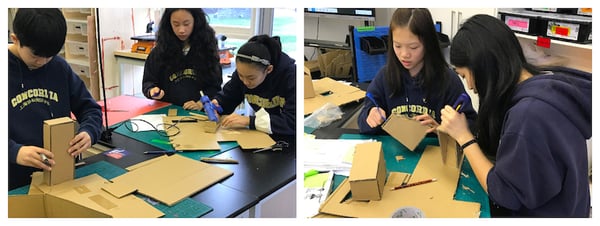 The hallowed halls of the makerspace erupted with excitement and buzzed with creativity and initiative. Teams grabbed cardboard, paper, duct tape and the personal middle school favorite - the glue gun - and began construction of their prototypes. Each prototype addressed a need identified from the insights acquired through our authentic real-world empathy experience.
The hallowed halls of the makerspace erupted with excitement and buzzed with creativity and initiative. Teams grabbed cardboard, paper, duct tape and the personal middle school favorite - the glue gun - and began construction of their prototypes. Each prototype addressed a need identified from the insights acquired through our authentic real-world empathy experience.
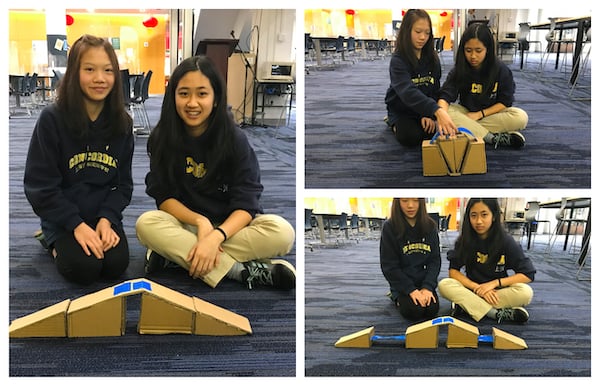 Without this experience, our designs would be separated from what truly inspires us to make: the human element. When we build for someone, we build to make a difference in that person’s life, which can, in turn, make a difference within the community. In doing so, we transform our world, one little idea at a time.
Without this experience, our designs would be separated from what truly inspires us to make: the human element. When we build for someone, we build to make a difference in that person’s life, which can, in turn, make a difference within the community. In doing so, we transform our world, one little idea at a time.
